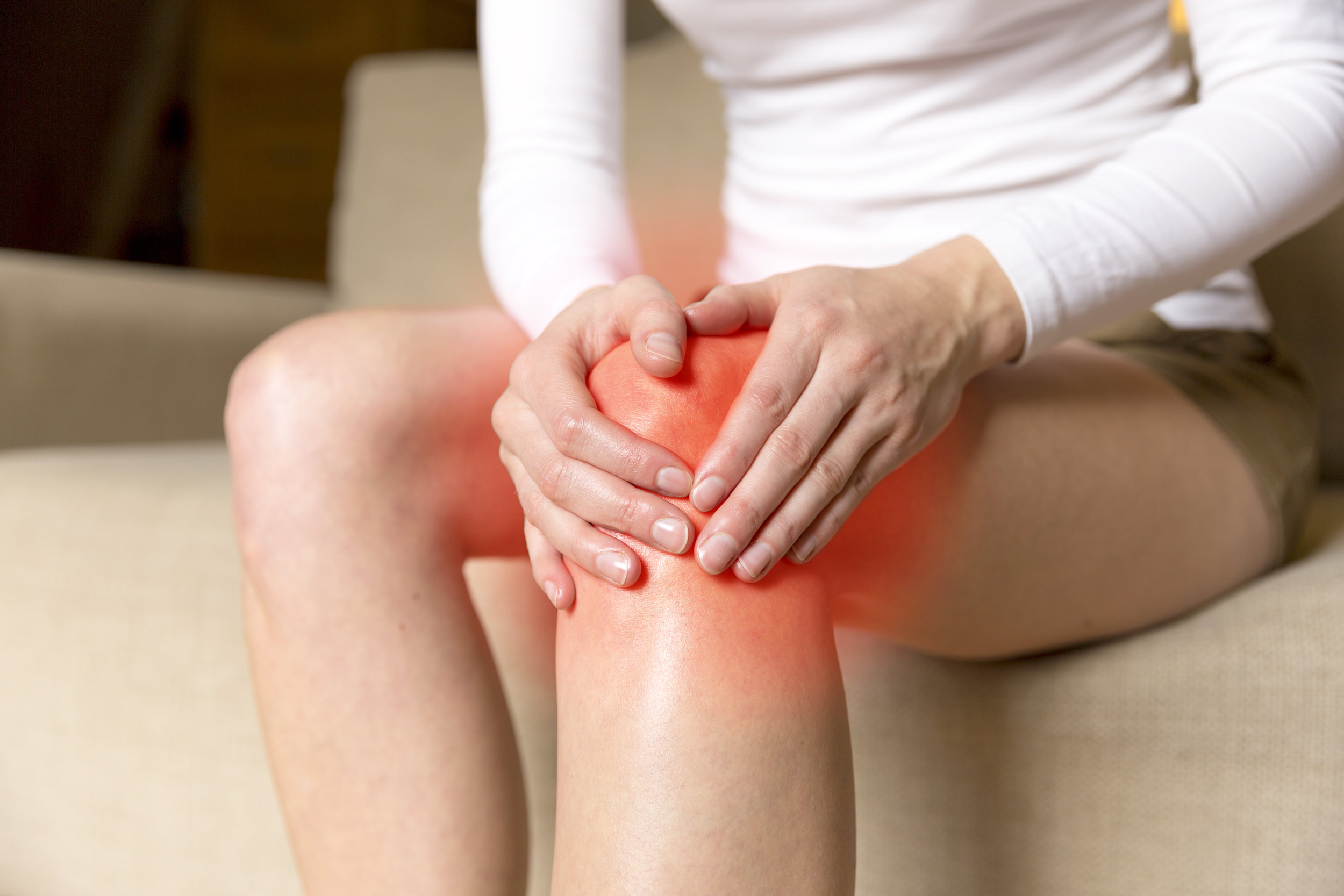“A Guide to Knee Osteoarthritis Treatment Options: What Works Best?”
A Guide to Knee Osteoarthritis Treatment Options: What Works Best?
Knee osteoarthritis is a common condition that affects millions of people, especially as they age. It is characterized by the breakdown of the cartilage in the knee joint, leading to pain, stiffness, and reduced mobility. While there is no cure for knee osteoarthritis, there are various treatment options available that can help manage the symptoms and improve the quality of life for those affected.
1. Medications
One of the most common treatment options for knee osteoarthritis is the use of medications. Over-the-counter nonsteroidal anti-inflammatory drugs (NSAIDs), such as ibuprofen and naproxen, can help reduce pain and inflammation in the knee. Prescription-strength NSAIDs may also be recommended for more severe cases.
In addition to NSAIDs, other medications that may be prescribed include corticosteroids, which can be injected directly into the knee joint to provide temporary relief, and hyaluronic acid injections, which can help lubricate the joint and improve mobility.
2. Physical Therapy
Physical therapy plays a crucial role in the management of knee osteoarthritis. A physical therapist can design a customized exercise program to help strengthen the muscles around the knee, improve flexibility, and increase range of motion. They may also use techniques such as manual therapy and ultrasound to reduce pain and promote healing.
Physical therapy can be particularly beneficial for individuals who are overweight or obese, as losing weight can significantly reduce the pressure and stress on the knee joint.
3. Assistive Devices
Assistive devices can help reduce the strain on the knee joint and improve mobility. Examples of assistive devices include knee braces, which provide support and stability to the knee, and orthotic shoe inserts, which can help distribute weight more evenly and reduce pain while walking or standing.
Using a cane or crutches can also be beneficial, especially during flare-ups or when the knee is particularly painful or unstable.
4. Lifestyle Modifications
Lifestyle modifications can have a significant impact on knee osteoarthritis. Maintaining a healthy weight is crucial, as excess weight puts additional stress on the knee joint. Losing weight through a combination of diet and exercise can help reduce pain and improve mobility.
Additionally, avoiding activities that place excessive strain on the knee, such as running or jumping, and opting for low-impact exercises like swimming or cycling can help minimize symptoms.
5. Alternative Therapies
Many individuals with knee osteoarthritis explore alternative therapies to complement traditional treatments. Some of these therapies include acupuncture, massage, and herbal supplements.
While the effectiveness of these therapies may vary from person to person, some individuals report finding relief from their symptoms. It is important to consult with a healthcare professional before trying any alternative therapy to ensure safety and effectiveness.
6. Surgical Interventions
In severe cases of knee osteoarthritis where conservative treatments have been unsuccessful, surgical interventions may be considered. Some common surgical interventions for knee osteoarthritis include arthroscopy, where damaged cartilage is removed or smoothed out, and knee replacement, where the damaged joint is replaced with an artificial joint.
These surgical procedures can provide significant pain relief and improve mobility, but they are typically considered a last resort when all other options have been exhausted.
Conclusion
When it comes to treating knee osteoarthritis, there is no one-size-fits-all approach. The best treatment option will depend on the individual's specific situation, including the severity of their condition, their overall health, and their lifestyle.
Individuals with knee osteoarthritis need to work closely with their healthcare team to develop a comprehensive treatment plan that addresses their unique needs and goals. This may involve a combination of medications, physical therapy, assistive devices, lifestyle modifications, and possibly even surgical interventions.
By exploring and utilizing the various treatment options available, individuals with knee osteoarthritis can effectively manage their symptoms and improve their overall quality of life.

